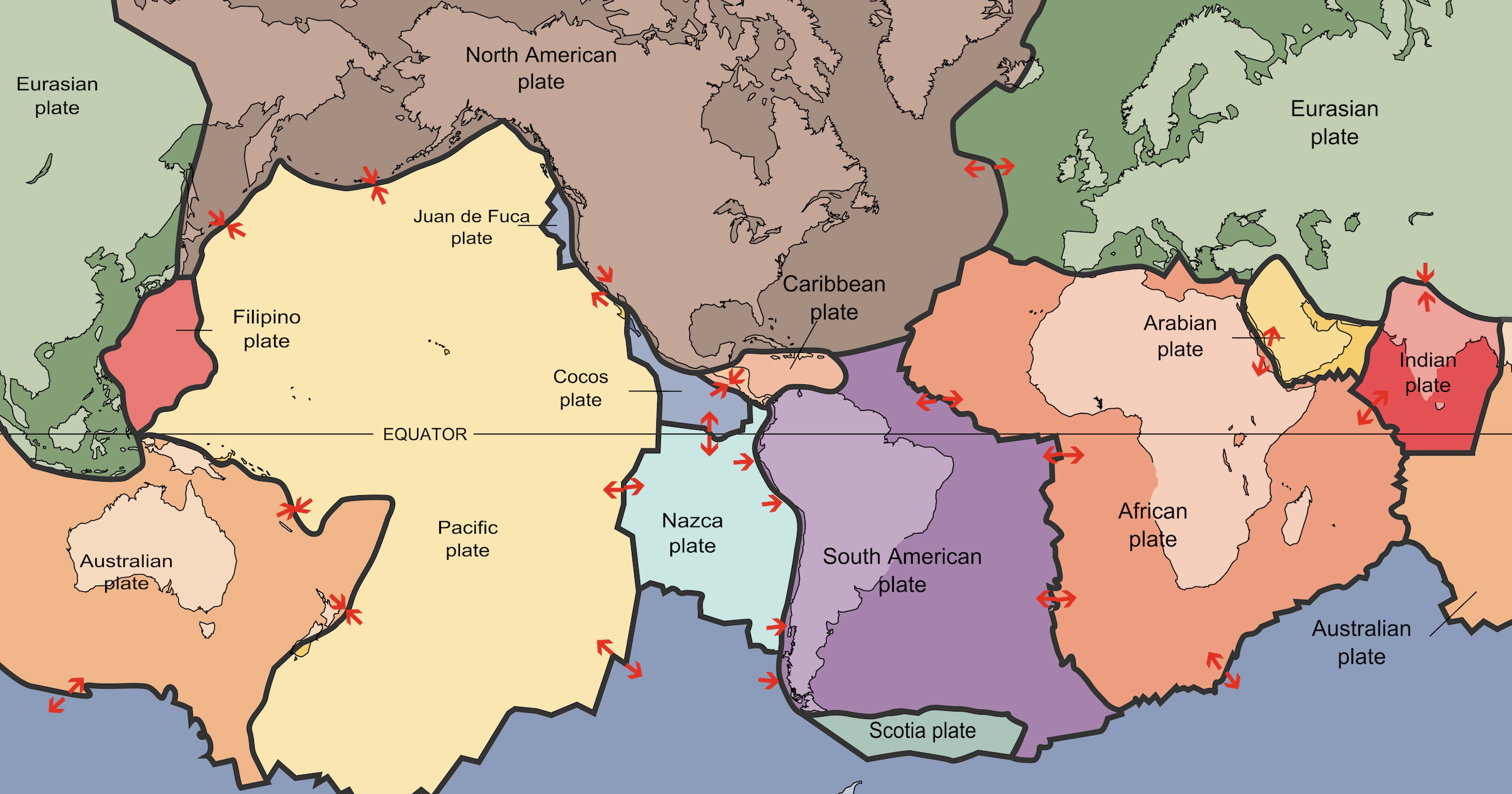 Intelligent Design
Intelligent Design
Subduction and the “Mechanism” of Intelligent Design

In a post yesterday I showed how subduction is an important design parameter of the earth’s habitability because it recycles vital elements needed for life and makes them available for new generations of living organisms. There is another interesting point we can learn from subduction zones that is relevant to the debate over intelligent design: Although we unquestionably know that subduction occurs, the mechanisms by which it occurs and got started are not entirely clear. But the fact that we don’t know exactly how subduction got started or is maintained does not mean that we cannot scientifically conclude that subduction is real.
Mechanism as Yet Unclear
Here are examples of some papers explaining that while we have powerful evidence that subduction does occur, there are many details about its mechanism that are not yet clear (all internal citations removed and emphases added):
- “Subduction zones are pivotal for the recycling of Earth’s outer layer into its interior. However, the conditions under which new subduction zones initiate are enigmatic. … Subduction is the primary driver of plate tectonics on Earth. However, despite numerous advances since the theory of plate tectonics was established, the mechanisms of subduction zone initiation remain highly controversial. While subduction zone initiation (SZI) is particularly important in maintaining plate tectonics, the processes leading to new subduction zones remain poorly understood.” (Nature Communications, 2020)
- “Subduction is the primary driver of plate tectonics, yet we still do not fully understand how subduction zones initiate or the budgets of life-supporting elements recycled via subduction. … But when and how tectonic plates first descended into the mantle to create self-sustaining subduction zones remains one of the major outstanding questions in Earth science. This difficulty in defining of the onset of plate tectonics is in part due to both the sparse record of early Earth rocks and the ambiguity in our understanding of the dynamics of early subduction. As a consequence, estimates for the onset of plate tectonics still range from ~4 to ~0.8 billion years ago. … In addition to the complexities of understanding the onset of plate tectonics billions of years ago, it is still unknown how geologically recent subduction zones initiate. We know that new subduction zones must form to maintain plate tectonics, yet there are no present-day examples of ongoing subduction zone initiation and the formation of new subduction zones leaves very few process-specific geologic traces.” (Nature Communications, 2020)
- “What tectonic mode preceded plate tectonics, how and when plate tectonics emerged, and how plate tectonics evolved are fundamental questions in geology. However, they are questions that have proven difficult to answer” (Annual Review of Earth and Planetary Sciences, 2020)
- “The mechanisms of transfer of crustal material from the subducting slab to the overlying mantle wedge are still debated. Mélange rocks, formed by mixing of sediments, oceanic crust, and ultramafics along the slab-mantle interface, are predicted to ascend as diapirs from the slab-top and transfer their compositional signatures to the source region of arc magmas. However, the compositions of melts that result from the interaction of mélanges with a peridotite wedge remain unknown.” (Nature Communications, 2018)
- “Plate tectonics has reshaped the distribution of the Earth’s continental and oceanic lithosphere through time. However, when modern-style plate tectonics started is still debated, with proposals ranging from the Neoproterozoic Era to the Archean Eon.” (Nature Communications, 2018)
- “Subduction is the primary driver of plate tectonics, and has been a focus of intense research since the inception of plate tectonic theory. However, an understanding of how subduction initiates remains elusive.” (Nature Communications, 2020)
A Firm Belief in Plate Tectonics
Now I want to make one point unmistakably clear (and I have made this point for years in the past): I am an extremely firm believer that plate tectonics is one of the best supported theories in geology, and I believe it is correct and has great explanatory power. But my support for plate tectonics doesn’t negate the fact that geologists, including me, still have important unanswered questions about how it works.
There is a similarity here to intelligent design. ID proponents are often asked, “What is the mechanism behind intelligent design?” We can see plenty of evidence that intelligent design in nature is real, and the cause of that design is intelligent agency. But it’s not always clear exactly how that design is instantiated in nature. In other words, the “mechanism,” for lack of a better term, of intelligent design is not necessarily clear. Does this mean that an inference to design is invalid? No, it does not.
If subduction teaches us anything about the philosophy of science, it’s that we don’t need to have a complete understanding of the mechanism behind an aspect of nature to be able to conclude that it — that particular aspect of nature — is real. If this principle can be applied to something as well-established as subduction, then surely it’s improper to refuse to grant the point in regard to the theory of intelligent design.
